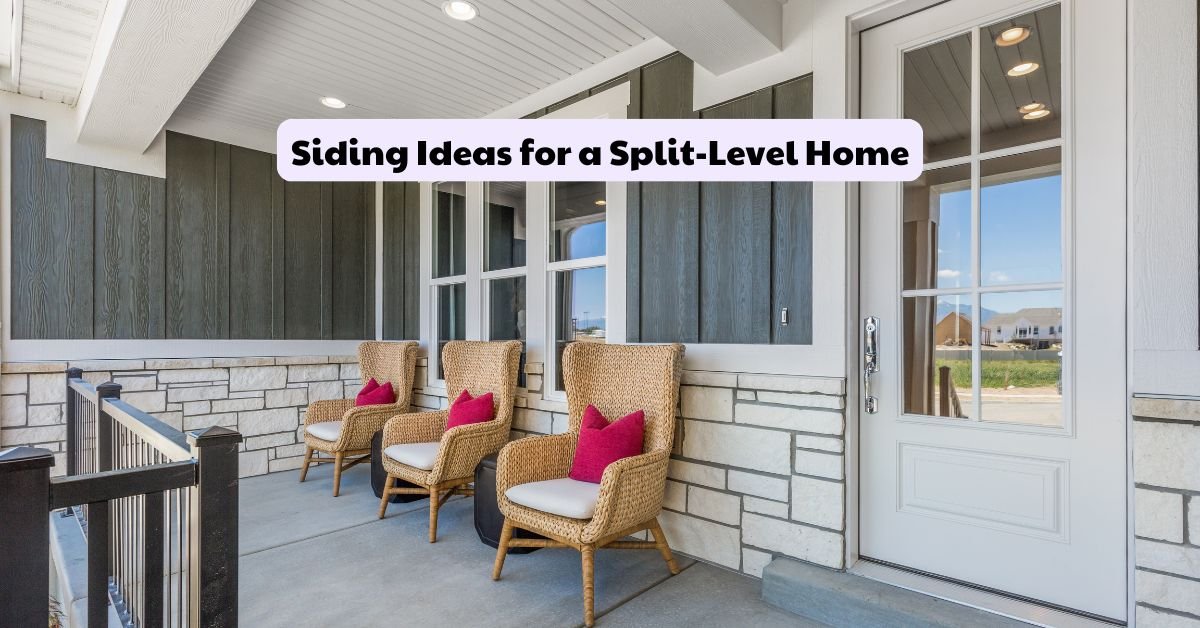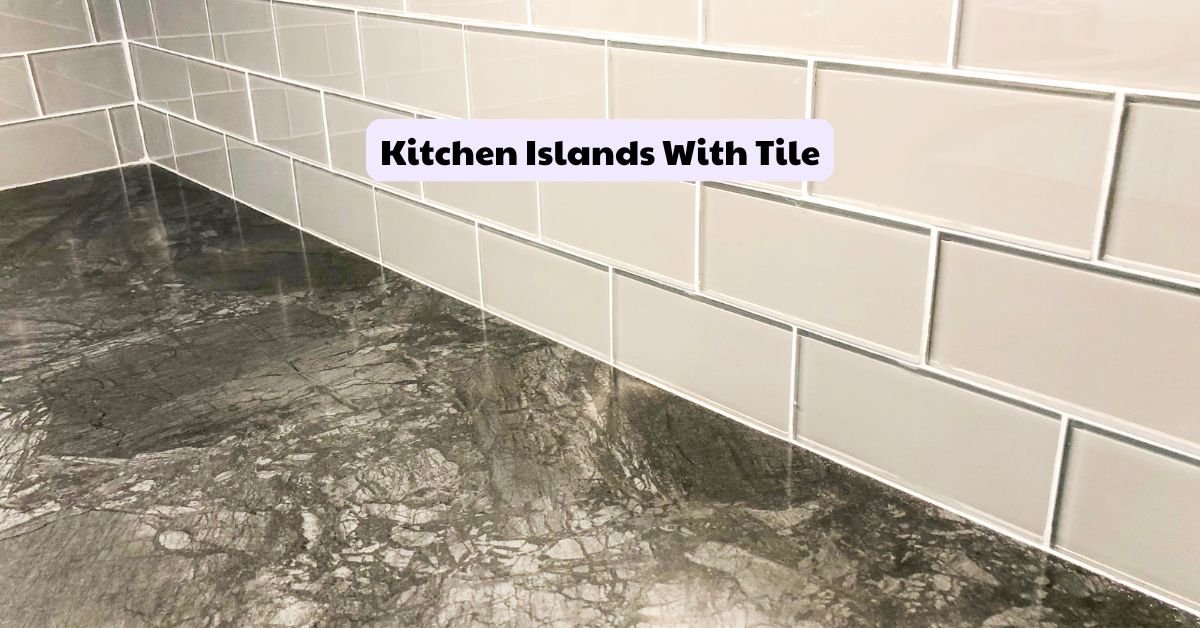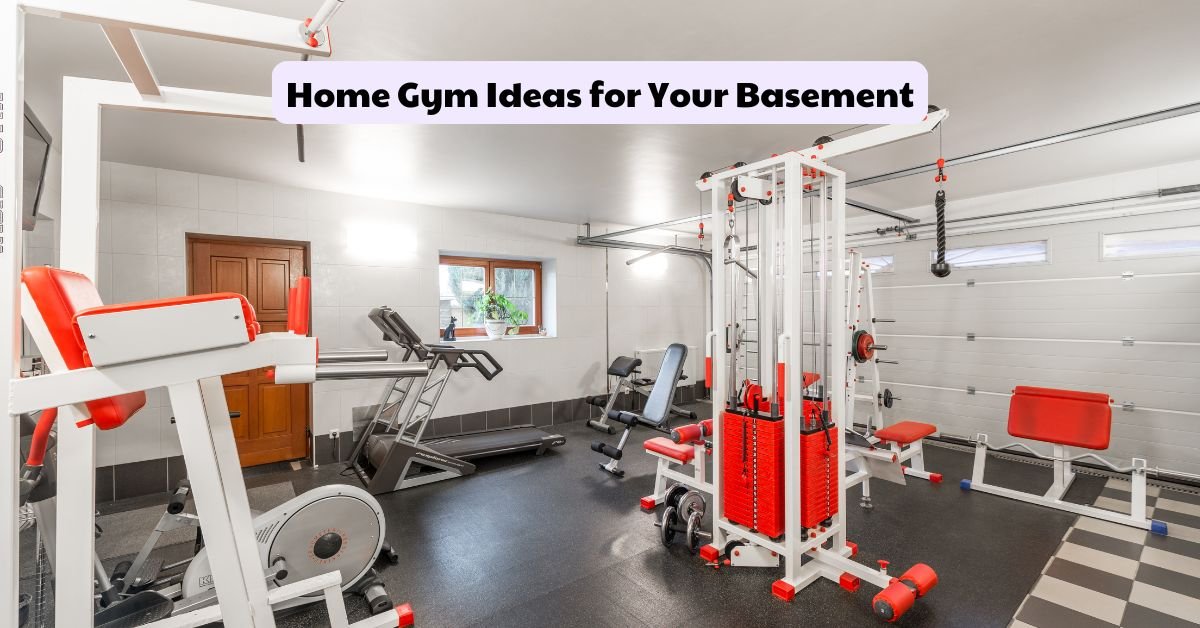Siding Ideas for a Split-Level Home – Give Your House A New Look
You got a split-level house huh? They’re pretty cool houses with Lots of space but customizing them isn’t a walk in the park.
You want to make sure the outside of the house matches that style, you need a siding that’ll be functional and make your house stand out.
Speaking of which, let’s talk siding. This article’s got ideas for making your split-level look super stylish while protecting your home from the elements.
What Exactly Is A Split-Level Homes
Split levels are one-of-a-kind, especially if they are well cared for and make a statement on the street.
The unique layout of these homes creates so many options, separate areas for kids, a cosy spot for family hangouts, and even a downstairs “apartment” vibe. Now we have to make sure the exterior gives off the right kind of “I’m cool, I’m comfortable” energy, right?
The Importance of Siding
Don’t underestimate the power of siding. It’s more than just covering the walls. The right siding will completely change your home’s vibe. But it also has to protect your house from the rain, snow, sun, wind, and all the things Mother Nature throws at ya.
Overview of Siding Materials and Styles
Ok, before we get into the nitty-gritty of choosing the right siding, you have to understand the options available. There are a bunch. Here’s a quick rundown:
Classic Siding Options
- Vinyl Siding: A popular choice. Here’s the lowdown on this tried-and-true option: It’s budget-friendly, easy to install and maintain, and comes in so many styles, but it can sometimes look too ‘plastic-y’, and doesn’t have that warmth of some other options.
Styles: There are all kinds of styles and colours you can pick from – from traditional lap siding to vertical panels. If you want that more sleek look, try a combination of darker shades or colours that blend well.
Maintenance: Just keep it clean. Soap and water. But make sure the soap isn’t too harsh. Sometimes, it needs to be cleaned off some dirt buildup with a soft brush and water.
- Wood Siding: That classic wood look. It gives that “homey” feel but needs a little more TLC. There are various kinds of wood to choose from. It can also be expensive if you use premium types like cedar or redwood.
Wood Types: Cedar (is strong and water-resistant, and also gives a warm vibe). Redwood is another classic wood that’s strong and resists insects.
Pine’s another one but less long-lasting.
Finishing and Maintenance: You have to protect wood with stains and sealants. But you get the great natural wood look, and sometimes it adds value.
- Brick and Stone Siding: The big leagues of siding. Looks elegant and gives a sturdy, timeless feel, but it’s expensive and, in most cases, can get a little complicated when you want a full renovation.
Pros and Cons: Stone or brick is a fantastic option to really bump up the property’s value. They really stand out as a choice to accentuate a split level since they have a more formal aesthetic. But you might need to factor in that cost. Plus they require professionals, so that means a pretty hefty price tag. They don’t come in tons of colours like other materials, either.
Design Considerations: Look at using those brick or stone for specific areas to accent a feature, like a window or entrance, a really cool look.
Installation: Be careful about hiring people who actually know how to properly set this in place. Improper installations can result in costly issues down the line. They’re often a DIY project and require specialized tools. You could have a serious mess on your hands.
Modern Siding Trends
Don’t underestimate these newer options that are getting a lot of attention nowadays:
- Fiber Cement Siding: This has it all. It’s super durable. They’re super flexible when it comes to colours and can be made to match or mimic the look of any other material, they can be crafted to mimic the style of wood but without the hassle. And the price is very good too since you don’t have to keep putting on extra maintenance. It’s an investment worth lookin’ into.
How To Install: It requires professional installation since they have to handle the prep or you could use these tool kits, the special fasteners for securing to the frame and sometimes some tricky, small pieces.
They need someone who’s practised. It needs a little care with prep work before putting the siding panels up, just because they can’t be haphazardly slapped in, you know?
- Metal Siding: Steel or aluminium. Metal’s got its own perks – you won’t see cracks or dents like with other materials and they’re lightweight which means there will be fewer burdens on the wall framework giving off a rustic look.
Metal Siding Benefits: You have great insulation properties that will really lower those heating costs. Metal can handle all sorts of crazy weather.
Plus they can come in different colours and have cool patterns that give a more modern look to any split level. They can match the roof’s design to create a clean aesthetic and flow throughout the home. For installation of this siding, especially for the nails, this tool will help.
Drawbacks: Some think metal siding sounds a little ‘loud’ if the right prep hasn’t been done or is in contact with rain. Installation requires careful planning and consideration since it needs extra prep work that might be a hassle. It involves an extra layer of waterproofing beneath the metal. You would want a specialized contractor for this specific kind of installation and they might not be easy to find, it’s specialized.
- Composite Siding: Want something that’s kinda wood, but way less hassle? That’s composite siding. The price is pretty good. The benefit is that it’s super low-maintenance, meaning less work for you. They look a lot like natural wood, come in lots of colours and can be made to mimic those patterns that make wood siding so popular.
Drawbacks: The price is usually in between wood and vinyl, but not as expensive as stone or brick. These can also be harder to repair than other options so it’s worth consulting with an expert about what happens when you’re repairing or need to make changes in the future.
Siding for Specific Split-Level Features
We have to consider what we need to do about those features specific to split levels.
- Siding for Sloped Roofs: These roof sections will have unique challenges when you are putting on the siding, remember it is super important that it has adequate protection from the weather. Water flow is crucial since that water has to go somewhere. The most popular material here is vinyl siding due to the ease of working with those shapes.
- Siding for Basement Windows: You need to ensure they are protected from water or else they will leak. This includes a combination of the proper type of window casing (you want to have a high-quality and watertight seal around the perimeter.), and trim.
- Siding for Exterior Doors: They are the first things you see. Don’t forget a beautiful door. And make sure the siding frames it correctly. Take some time to pick an attractive and easy-to-maintain option to accentuate those unique spaces of your home.
Colour and Texture Considerations
There are some decisions to be made here about colour and texture.
- Colour Psychology in Siding: Think about the colour. Darker shades will make the home feel smaller, but more ‘intense’ (modern). Lighter colours will expand it, and feel calmer (classic) which can be ideal. It’s about balancing things out, and choosing what creates that perfect curb appeal.
- Coordinating with Landscaping and Surrounding Homes: Don’t get carried away and select colours and shades that are off the beaten track – take a gander at surrounding houses to make sure there is consistency with a slight element of individuality.
- Texture and Dimension: To make your split-level truly pop, try texturing and dimensionality. If you’re really serious, you might consider using one or two different kinds of siding to add variety. Think about wood panels or brick on some walls to complement the other materials that have been used on your split-level and make a great visual appeal.
Siding and Energy Efficiency
Siding plays a key role in helping to create energy-efficient homes.
- Insulation and Air Sealing: Before you apply any siding, look into sealing all those little cracks to create an energy-tight envelope, this can make a world of difference in saving energy costs. The key is keeping that air flowing out efficiently and that means finding solutions that create a buffer between your interior and the weather that it faces, especially in places with extreme shifts in climate.
- Siding Materials and Energy Efficiency: Each siding type can impact energy use. Some are better than others. For example, fibre-cement siding tends to have high insulation values. So does brick.
Siding Maintenance and Repair
Ok, it’s gonna need some attention, so keep those eyes open for any problems.
- Regular Inspections: Get in the habit of checking every couple of months, even during those harsh weather changes – a quick check for cracks, dents or anything out of place is super helpful. This ensures things are in good condition and it will keep them working well for years to come. Use caulks to maintain its looks and keep it water tight.
- Cleaning and Maintenance: You’re gonna want to get in there and clean your siding a couple of times a year, at least. It just keeps everything looking spiffy, prevents stains and dirt, and makes it last longer.
- Repair Techniques: Damaged siding? Don’t let it slide. Make a quick repair, or maybe it’s time for a full panel replacement – especially if the whole section needs an update. The worst that can happen is getting to that point of needing a total replacement – better to fix those little problems before they become something major.
Siding and Home Value
This is how you boost that curb appeal and add value to your house.
- Impact of Siding on Resale Value: The right siding really catches buyers’ eyes. You have to make sure you’re making good choices since the market can sometimes be choosy and if it looks old, that can lead to trouble in the future, especially in a seller’s market.
- Cost-Benefit Analysis: Think about it, how much are you spending vs. how much you might get back when selling? Do your research before making that call. Siding might feel expensive but you’ll save a lot down the line. It also helps with energy bills, it’s an investment worth considering.
Final Takeaway – Siding Ideas for a Split-Level Home
Choosing siding isn’t about what’s quick or cheap. It’s about long-term performance, a good look, and value, so you have to plan carefully and accordingly, which means you cannot shoot an arrow in the dark and expect it to hit the bullseye.
On the flip side, All those factors will determine how your split level is seen and the overall appeal. It takes some research but finding the best siding for your specific needs will ensure a beautiful exterior.






